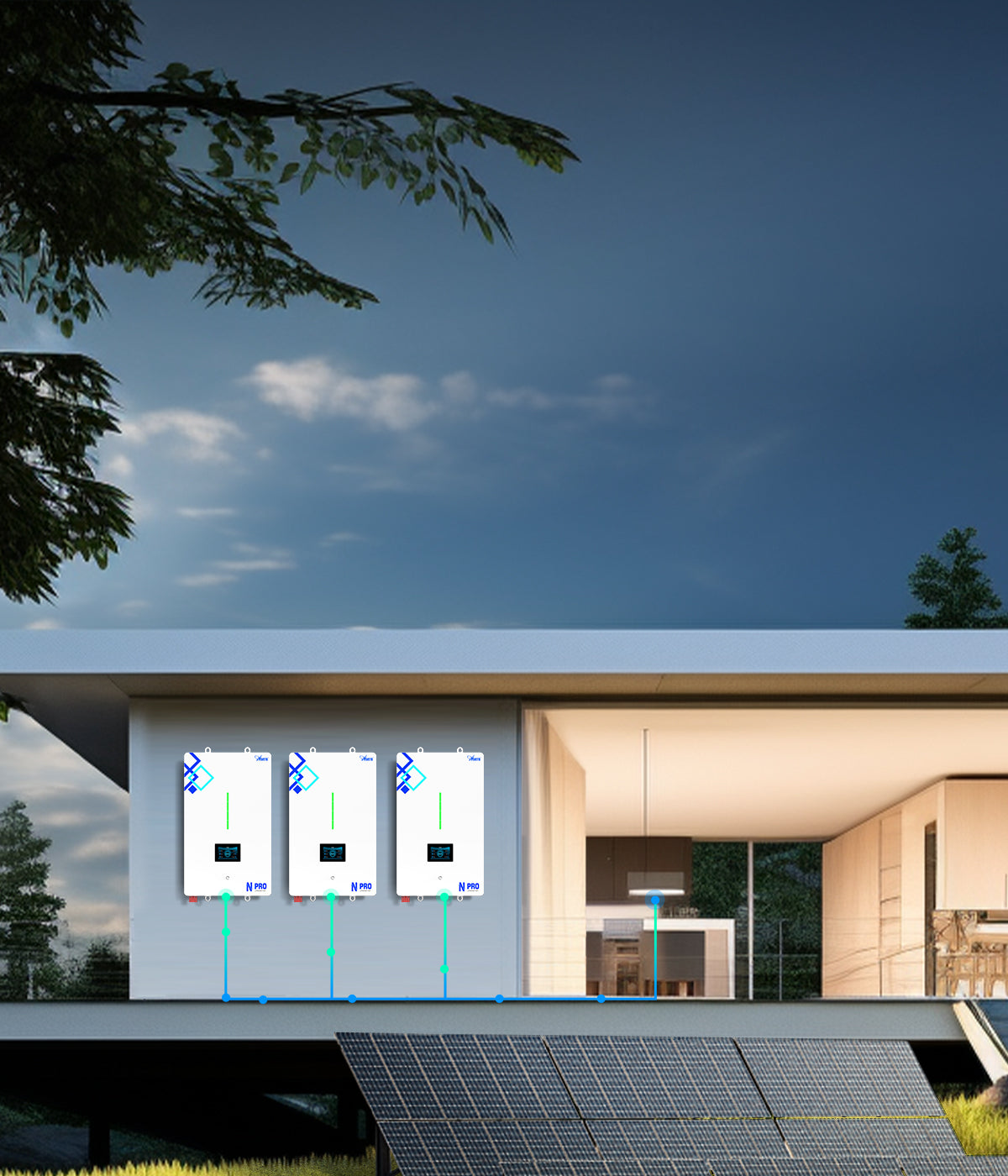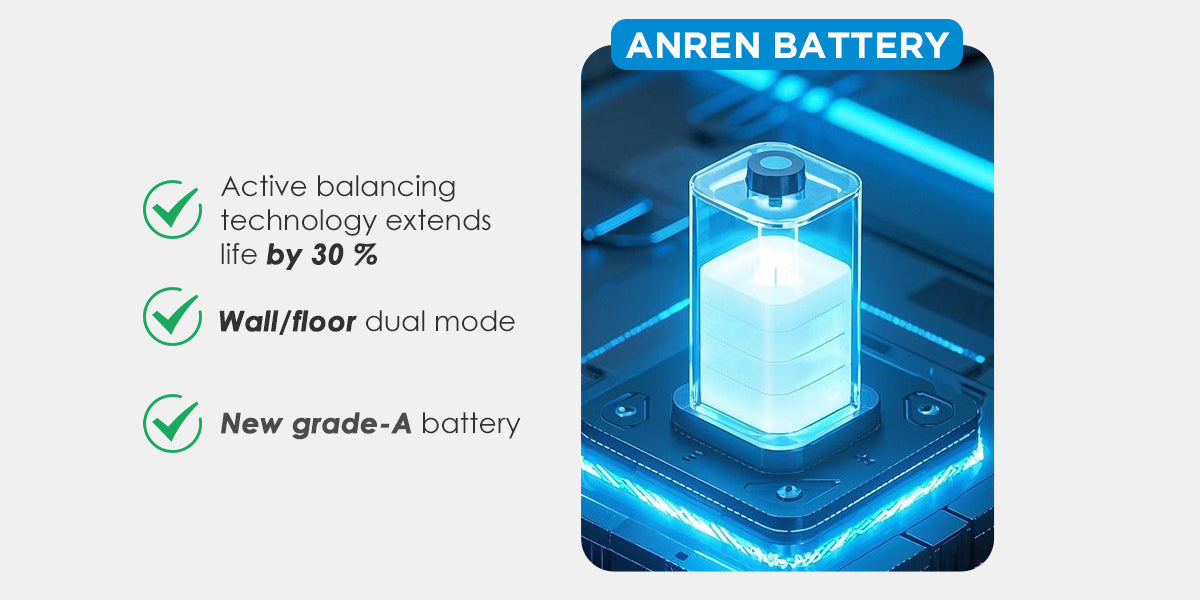Achieving energy independence is a goal for many, and off-grid solar power systems offer a compelling path to this freedom. These systems allow you to generate and store your own electricity, freeing you from reliance on traditional utility grids. This guide provides comprehensive insights into off-grid solar solutions, helping you understand how to harness the sun's power for your home, farm, or cabin.
The global shift towards renewable energy is accelerating. In 2023, renewable energy sources accounted for a record 86% of global power additions, with solar power making up nearly three-quarters of these additions. The International Renewable Energy Agency (IRENA) projects that 90% of the world's electricity could come from renewable energy by 2050.
Understanding Off-Grid Solar Power Systems
An off-grid solar power system operates independently of the utility grid. It captures sunlight using solar panels, converts it into usable electricity, and stores excess energy in batteries for use when the sun is not shining. This setup ensures a continuous power supply, offering resilience against grid outages and fluctuations in electricity prices.
Key Components of an Off-Grid System
- Solar Panels: These are the foundation of your system, converting sunlight into direct current (DC) electricity. Modern monocrystalline solar panels typically have efficiencies between 20% and 25%, with some reaching higher. Solar panel efficiency has significantly improved, from an average of about 15% to around 20% in recent years.
- Charge Controller: This vital component regulates the voltage and current from your solar panels to your batteries, preventing overcharging and extending battery life. There are two main types: Pulse Width Modulation (PWM) and Maximum Power Point Tracking (MPPT). MPPT controllers are generally more efficient for larger systems, maximizing energy harvest by adjusting the power output from the panels to match battery requirements.
- Battery Bank: Batteries store the electricity generated by your solar panels for use during periods of low sunlight or at night. Lithium Iron Phosphate (LiFePO4) batteries are a popular choice for solar applications due to their longevity, safety, and reliability. They typically last 10-15 years, or between 3,000 to 5,000 full charge cycles, with some premium models lasting up to 20 years or 7,000 cycles under ideal conditions. This is significantly longer than traditional lead-acid batteries, which may only last 3-5 years or 500-1,000 cycles.
- Inverter: An inverter converts the DC electricity stored in your batteries into alternating current (AC) electricity, which is what most household appliances use. Pure sine wave inverters produce a clean and stable AC output, similar to grid power, making them ideal for sensitive electronics. Modified sine wave inverters are a more affordable option for less sensitive appliances.
- Backup Generator (Optional but Recommended): For extended periods of low sunlight or unusually high energy demand, a backup generator can provide additional power and ensure system reliability.
Designing Your Off-Grid System
Properly sizing your off-grid solar system is crucial to ensure it meets your energy needs consistently. An undersized system may not provide enough power, while an oversized system can lead to unnecessary costs.
Assessing Your Energy Needs
The first step in designing your system is to perform a thorough load assessment. This involves listing all appliances and devices you plan to power, noting their wattage and how many hours per day they will be in use. This calculation provides your daily energy consumption in watt-hours (Wh) or kilowatt-hours (kWh). For example, an average American household consumes about 30 kWh per day. However, off-grid homes often reduce their energy consumption, sometimes to as little as 6 kWh per day.
Here is an example of a load assessment table:
| Appliance | Wattage (W) | Hours Used/Day | Daily Watt-hours (Wh) |
|---|---|---|---|
| LED Light (10 units) | 100 (10W each) | 12 | 1200 |
| Refrigerator | 150 | 24 | 3600 |
| Laptop | 60 | 8 | 480 |
| Television | 100 | 4 | 400 |
| Washing Machine | 2000 | 0.5 (30 mins) | 1000 |
| Total Daily Energy Consumption | 6680 Wh (6.68 kWh) | ||
Sizing Solar Panels and Batteries
Once you determine your daily energy needs, you can calculate the number of solar panels and the battery bank capacity required. Factors like peak sunlight hours in your location and desired "days of autonomy" (how many days your system can provide power without sunlight) are crucial. For instance, a home using 30 kWh/day in a location with 5 peak sunlight hours might need around 20 solar panels.
Solar panels experience a slow degradation over time, typically around 0.5% to 1% per year, meaning their output gradually reduces. A quality solar panel may still produce about 90% of its original output after 20 years.
Installation and Maintenance Considerations
Installing an off-grid solar system requires careful planning and often professional expertise to ensure safety and optimal performance. Regular maintenance is also essential to maximize the lifespan and efficiency of your system.
Professional Installation
While DIY options exist for smaller systems, larger residential or commercial off-grid installations benefit significantly from professional design and installation. This ensures proper wiring, component compatibility, and adherence to safety standards. A professional can also help optimize panel placement for maximum sun exposure and integrate all components seamlessly.
Routine Maintenance
- Solar Panels: Keep panels clean from dust, dirt, and debris to maintain optimal efficiency. Regular visual inspections for any damage are also recommended.
- Batteries: For LiFePO4 batteries, avoid overcharging or deep discharging to prolong their lifespan. Maintaining them within a moderate temperature range (15°C to 35°C or 59°F to 95°F) is also beneficial.
- Inverters and Charge Controllers: Ensure these components are in a well-ventilated area to prevent overheating. Periodically check connections for any signs of corrosion or wear.
Achieving Energy Independence with ANERN
ANERN offers reliable and scalable energy solutions designed to help you achieve true energy independence. With extensive experience in the solar industry, ANERN specializes in lithium battery manufacturing, energy storage systems, and integrated ESS development.
- Lithium Batteries (LiFePO4): We provide high-performance, safe, and reliable Lithium Iron Phosphate (LiFePO4) batteries that form the core of robust energy storage solutions. Our batteries are engineered for longevity and consistent performance in demanding off-grid environments.
- Home Energy Storage Systems: Our integrated home energy storage systems combine high-efficiency lithium batteries, hybrid inverters, and solar panels, providing a complete solution for residential energy needs.
- Off-Grid Solar Solutions: ANERN delivers comprehensive off-grid solar solutions tailored for various applications, including homes, farms, and remote cabins, ensuring you have power where and when you need it.
- Solar Inverters: Our solar inverters efficiently convert DC power from solar panels into usable AC electricity, ensuring compatibility with your appliances and optimizing energy flow within your system.
We are committed to empowering individuals and communities with the tools to control their energy future. Our focus is on providing durable and efficient products that stand the test of time, reflecting our dedication to quality and customer satisfaction.
A Self-Sufficient Future
Off-grid solar power systems represent a significant step towards a sustainable and self-sufficient lifestyle. By understanding the core components, carefully planning your system based on your specific energy needs, and performing routine maintenance, you can enjoy the many benefits of generating your own clean electricity. This path offers not only financial savings by eliminating electricity bills but also the peace of mind that comes with reliable power, regardless of external grid conditions.





Leave a comment
All comments are moderated before being published.
This site is protected by hCaptcha and the hCaptcha Privacy Policy and Terms of Service apply.